Authentic Lasagna Bolognese (Lasagne alla Bolognese)
Updated Nov 06, 2024, Published Oct 20, 2023
This post may contain affiliate links. Please read our disclosure policy.
Authentic Lasagna Bolognese (Lasagne alla Bolognese) made with the most incredible and flavourful Bolognese Ragu, creamy bechamel sauce and layers of fresh spinach pasta. A comforting and truly special recipe that’s worth all of the effort.

Lasagna Bolognese is a traditional dish from the city of Bologna in the region of Emilia Romagna. It’s rich and flavourful and so unbelievably comforting, truly one of the most delicious things you’ll ever eat.
Just like our Classic Beef Lasagne, this recipe is what I’d call a labour of love. It does take a long time to make especially if you’re making homemade pasta but it’s undeniably delicious and so worth all the effort.
Because making lasagna from scratch is very time consuming I recommend making the Bolognese sauce and the spinach pasta dough the day before (both stored in the fridge).
It makes assembling the lasagna so much easier plus the ragu will taste even better the next day which is an added bonus.
You’ll notice there’s no mozzarella involved here, traditionally it’s not added and because the ragu is so rich it’s really not needed.
Lasagna Bolognese is the perfect dish to serve for a family Sunday dinner or on special occasions like Christmas or Easter.
See the recipe below including notes on ingredients, step by step photos, tips, variations and a video tutorial. For the full printable recipe scroll to the bottom or click the recipe link below
Ingredients

Pin this now to find it later
Pin ItIngredient notes and substitutions
- Wine – you can use Italian wine or red wine (use whatever you prefer). If you are avoiding alcohol you can leave it out.
- Milk – make sure to use whole milk (full-fat) which will give the richness to the ragu that we’re after.
- Pancetta – I highly recommend getting your hands on a piece of good quality pancetta (usually found in Italian speciality food-stores). It really makes a big difference in flavour to the ragu compared to your average pre-cubed supermarket stuff.
- Passata – also known as tomato puree in the US or sometimes crushed strained tomatoes. It’s a thick tomato puree often sold in tall jars. I recommend using Mutti or Cirio brands if available to you.
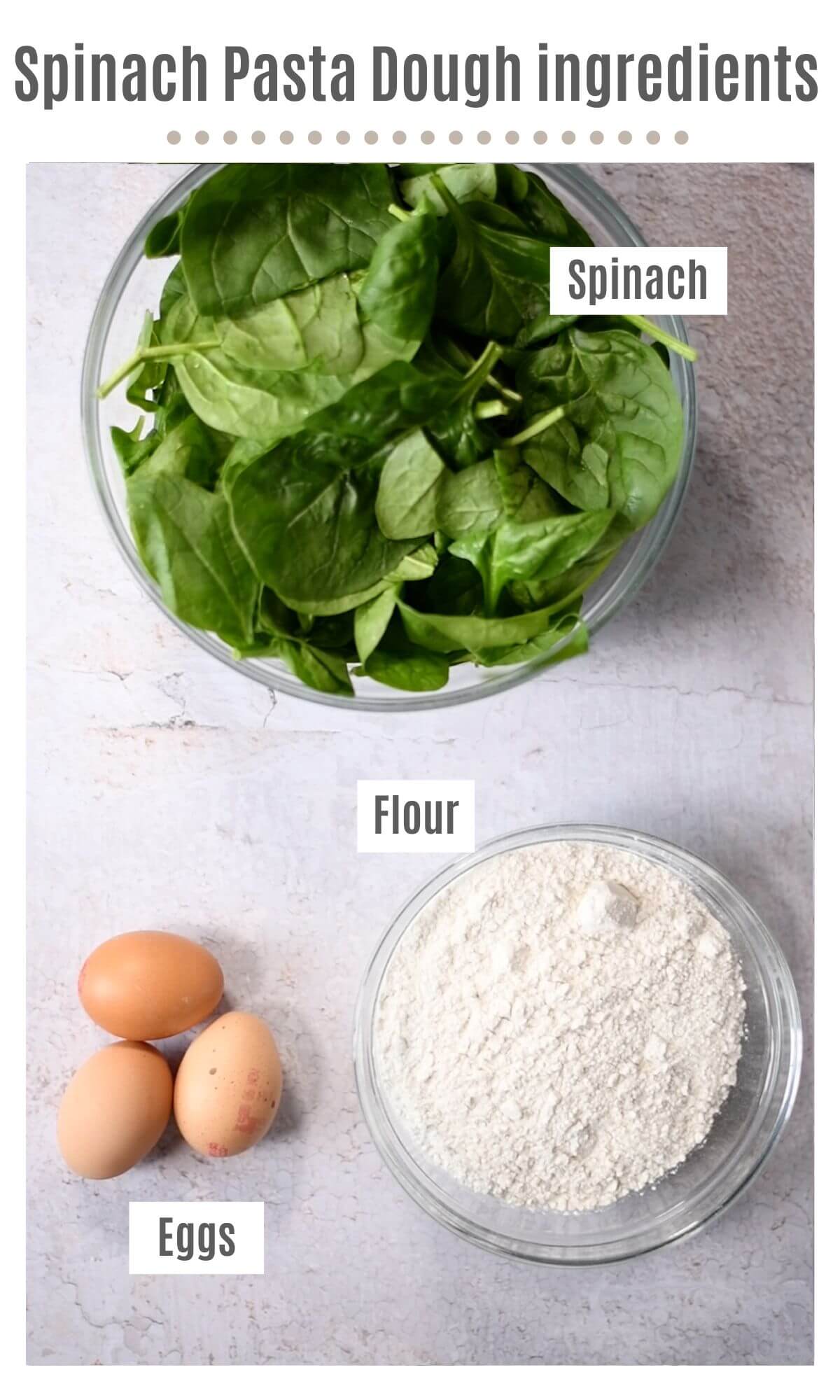
- Spinach – use fresh spinach (does not have to be baby spinach).
- Eggs – 2 whole eggs and 1 egg yolk.
- Bechamel sauce – flour (all-purpose), butter (unsalted), milk (whole), nutmeg (freshly grated), salt and pepper to taste.
- Parmigiano Reggiano – this is for grating on each layer of the lasagna.
Step by step photos and instructions
To make the Bolognese Ragu (recommended the day before)
Finely chop the carrot, celery, onion and cut the pancetta into small cubes.
Heat the olive oil in a large pot and add the vegetables and pancetta, saute until the vegetables have softened but are not browned (5-10 minutes) (photos 1 and 2).
Next, add the beef and cook until browned. Add the white wine and cook for another 1-2 minutes (photos 3 and 4).

Add the passata (tomato puree) and stock and stir to combine. Cover the pot and simmer slowly for 2 hours (photos 5 and 6).

After 2 hours uncover and add the milk. Simmer the sauce uncovered for another 2 hours. After cooking, taste for seasoning and add salt and pepper as needed (photos 7 and 8).
If making the day before, once completely cool, transfer the ragu to a large bowl and refrigerate.
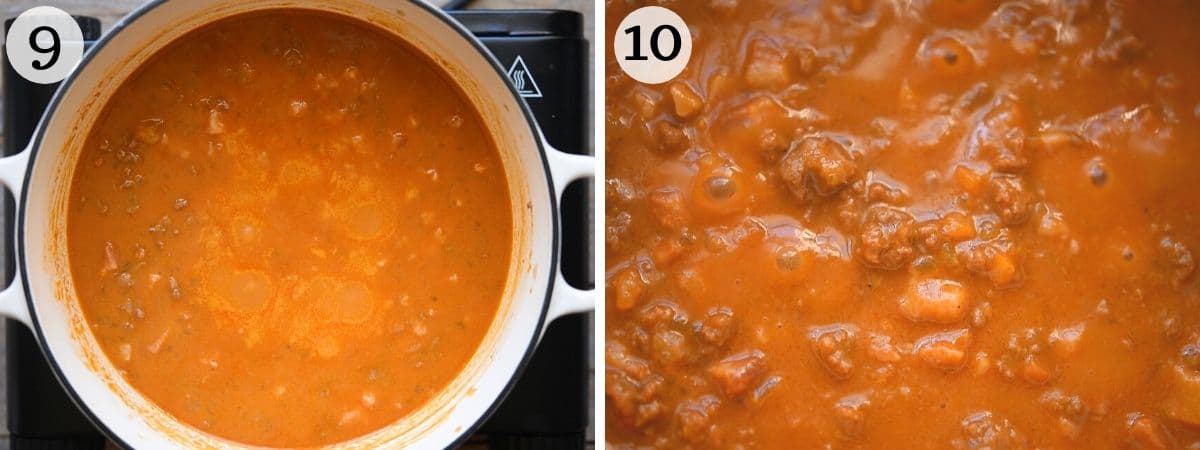
To make the spinach pasta (recommended the day before)
Bring a large pot of water to a boil and wilt the spinach for 30-60 seconds. Drain in a colander and rinse under cold water until completely cold. Squeeze out as much liquid as possible (the spinach shouldn’t have excess water) (photos 11 and 12).

Put the spinach and eggs (2 whole eggs and 1 yolk) in a blender and blitz to a smooth puree (photos 12 and 14).
Add the flour to a large mixing bowl or clean work surface and make a well in the middle. Add the spinach puree and start to incorporate it into the flour using a fork (photos 15 and 16).

Once a rough dough has started to form, tip it onto your work surface and bring it together. Knead the dough for 10 minutes until smooth. Wrap in plastic wrap and refrigerate. Remove it from the fridge 30 minutes before using (photos 17 and 18).
Make the bechamel sauce
Melt the butter in a medium-sized saucepan then add the flour. Whisk to a paste and let it cook for about 1 minute (photos 19-21).
Whisk in the milk in 4 intervals allowing the sauce to thicken between each addition, add the nutmeg and season with salt and pepper. Continue to stir the sauce until it’s thick enough to coat the back of a wooden spoon (you should be able to draw a line on the back of the spoon and it holds its shape) (photos 22-24).

Once thickened turn off the heat and set aside (don’t worry if your bechamel gets a skin on the top while you are doing other things just give it a vigorous whisk for a few seconds).
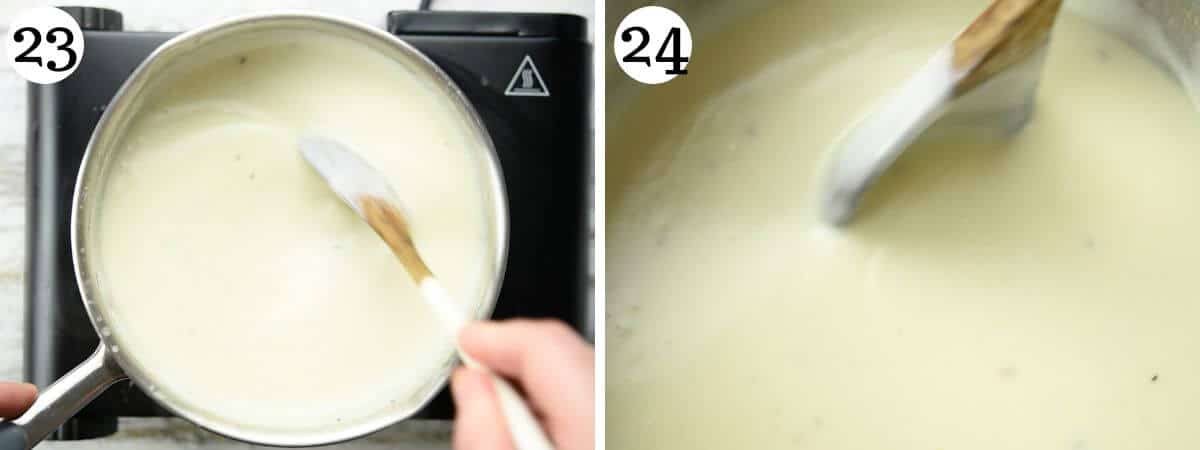
Prepare the pasta (when ready to bake the lasagna)
Remove your pasta from the fridge 30 minutes before using. Bring a large pot of water to a boil and salt it well.
Set up your pasta machine and set it to the widest setting (usually number 0). Cut your dough in half keeping one half wrapped in plastic wrap (photo 25).

Flatten the other half so it’s easier to pass through your pasta machine and pass it through the widest setting. Fold one end of the dough to the middle and the other end right over that as if you were creating a leaflet. Flatten the dough and pass it through the widest setting again. Repeat this one more time (photos 26 and 27).
Next, roll your dough once through each setting up until the 3rd last number (usually number 7). You may need to lightly dust the pasta dough, surface and pasta machine with flour if it feels too sticky (photos 29 and 30).

Cut the pasta in sheets big enough to fit your lasagna dish. Blanch them in the boiling water (about 2 or 3 at a time) for 1 minute then transfer them to a clean kitchen towel. Let them dry out for a few seconds (photos 31 and 32).
Repeat this whole process with the second half of dough. Tip: I find it easier to start assembling the lasagna with half of the prepared pasta before rolling out the rest.
Assemble and bake the lasagna
Pre-heat the oven to 200C (400F).
Spread a small spoonful of ragu on the bottom of your lasagna dish. It should be spread sparingly this is mainly to stop the pasta from sticking to the bottom of the dish (photo 33).

Lay one layer of blanched lasagna sheets in the bottom of the dish, cutting them to size if needed so there isn’t a big overlap of pasta.
Next, spread over a large spoonful of ragu, a ladelful of bechamel then grate a layer of Parmigiano Reggiano. Add another layer of pasta sheets and continue the same process until you’ve used up all the ingredients. Make sure to finish with a layer of ragu, bechamel and cheese (photos 34-38).

Bake in the oven for 30 minutes or until golden brown on top. Let the lasagna sit for 10 minutes before serving.
Recipe tips
- Prep in advance – I highly recommend making the Bolognese sauce and the spinach pasta dough in advance. Making lasagna from scratch is a lengthy process and I find it much easier to prep these two components the day before.
- Rolling out pasta – if you find the pasta is a little sticky or tacky when rolling it out you can lightly dust the pasta, your work surface and pasta machine with flour but try to add as little as possible.
- Par-boil the pasta (if homemade) – spinach pasta has more moisture in it than regular egg pasta dough so it’s important to par-boil or blanch the pasta before layering into the lasagna or it’ll be too soft and mushy. Blanching it first helps create a stronger barrier between each layer.
- Pasta layers – you want at least 6 layers of pasta in lasagna (this recipe will provide enough for that) if you use fewer layers (like 3 or 4) you’ll have too much filling in-between and it’ll be sloppy and collapse when serving.
- Using a kitchen scale – if you plan on making homemade pasta I highly recommend weighing the flour with a scale as cups can vary dramatically depending on who measures it, the method they use and the brand of flour.
Recipe FAQs
Cooked lasagna will keep in the fridge for 2-3 days. It can be reheated in a pre-heated 200C (400F) oven until piping hot throughout.
You can freeze the lasagna before or after cooking (I recommend before) in one big freezer-proof dish or individual portions for up to 1 month. Cook straight from frozen in a pre-heated 200C (400F) oven until piping hot throughout. I recommend freezing in foil trays to cook from frozen (do not cook glass or ceramic dishes straight from frozen).
Lasagna Bolognese is made with a specific meat sauce (ragu alla Bolognese) that contains beef, pancetta, tomato and milk. It’s also made with bechamel sauce and contains no mozzarella. Other lasagna recipes can vary greatly on the meat that’s used, the sauce and cheese.
Serve a nice big slice on a plate with crusty bread or homemade focaccia for mopping up the sauce. I never serve any sides with lasagna as it’s a meal all in itself.

More delicious recipes to try
If you’ve tried this Lasagna Bolognese recipe or any other recipe on the blog then don’t forget to rate the recipe and let me know how you got on in the comments below, I love hearing from you! You can also follow us on Facebook, Instagram and Pinterest or sign up to our Newsletter to see more of our delicious food
Step By Step Photos Above
Most of our recipes come with step by step photos, helpful tips and tricks to make it perfectly first time and even video!
Lasagna Bolognese (Lasagne alla Bolognese)

Equipment
- 9 x 13 inch baking dish
- Pasta machine or rolling pin
- clean kitchen towels (for drying homemade pasta)
Ingredients
Bolognese Ragu
- 1 large carrot
- 1 large celery stalk
- 1 large onion
- 2 lbs ground beef (mince), (1 kg)
- 7 oz Pancetta, (200g)
- 1 cup chicken stock, (240ml)
- 1 cup white wine, or red (240ml)
- 2 cups passata (tomato puree US), (600g)
- 2 cups whole milk, (480ml)
- 1 tablespoon olive oil
Spinach Pasta (optional see note 1)
- 7 oz fresh spinach, (200g)
- 2 cups plus 2 tablespoons Italian 00 flour, (300g) I highly recommend weighing flour for best results
- 2 medium eggs
- 1 medium egg yolk
Bechamel Sauce
- 5 tablespoons unsalted butter, (70g)
- 5 tablespoons flour, (70g)
- 4 cups whole milk, (1 litre)
- ¼ teaspoon nutmeg
- Salt and pepper
- Parmigiano Reggiano, as needed
Instructions
To make the Bolognese Ragu (recommended the day before)
- Finely chop the carrot, celery, onion and cut the pancetta into small cubes.
- Heat the olive oil in a large pot and add the vegetables and pancetta, saute until the vegetables have softened but are not browned (5-10 minutes).
- Next, add the beef and cook until browned. Add the white wine and cook for another 1-2 minutes.
- Add the passata (tomato puree) and stock and stir to combine. Cover the pot and simmer slowly for 2 hours.
- After 2 hours uncover and add the milk. Simmer the sauce uncovered for another 2 hours. After cooking, taste for seasoning and add salt and pepper as needed.
- If making the day before, once completely cool, transfer the ragu to a large bowl and refrigerate.
To make the spinach pasta (recommended the day before)
- Bring a large pot of water to a boil and wilt the spinach for 30-60 seconds. Drain in a colander and rinse under cold water until completely cold. Squeeze out as much liquid as possible (the spinach shouldn’t have excess water).
- Put the spinach and eggs (2 whole eggs and 1 yolk) in a blender and blitz to a smooth puree.
- Add the flour to a large mixing bowl or clean work surface and make a well in the middle. Add the spinach puree and start to incorporate it into the flour using a fork.
- Once a rough dough has started to form, tip it onto your work surface and bring it together. Knead the dough for 10 minutes until smooth. Wrap in plastic wrap and refrigerate. Remove it from the fridge 30 minutes before using.
Make the bechamel sauce
- Melt the butter in a medium-sized saucepan then add the flour. Whisk to a paste and let it cook for about 1 minute.
- Whisk in the milk in 4 intervals allowing the sauce to thicken between each addition, add the nutmeg and season with salt and pepper. Continue to stir the sauce until it’s thick enough to coat the back of a wooden spoon (you should be able to draw a line on the back of the spoon and it holds its shape).
- Once thickened turn off the heat and set aside (don’t worry if your bechamel gets a skin on the top while you are doing other things just give it a vigorous whisk for a few seconds).
Prepare the pasta (when ready to bake the lasagna)
- Remove your pasta from the fridge 30 minutes before using.
- Bring a large pot of water to a boil and salt it well.
- Set up your pasta machine and set it to the widest setting (usually number 0). Cut your dough in half keeping one half wrapped in plastic wrap.
- Flatten the other half so it’s easier to pass through your pasta machine and pass it through the widest setting. Fold one end of the dough to the middle and the other end right over that as if you were creating a leaflet. Flatten the dough and pass it through the widest setting again. Repeat this one more time.
- Next, roll your dough once through each setting up until the 3rd last number (usually number 7). You may need to lightly dust the pasta dough, surface and pasta machine with flour if it feels too sticky.
- Cut the pasta in sheets big enough to fit your lasagna dish. Blanch them in the boiling water (about 2 or 3 at a time) for 1 minute then transfer them to a clean kitchen towel. Let them dry out for a few seconds.
- Repeat this whole process with the second half of dough. Tip: I find it easier to start assembling the lasagna with half of the prepared pasta before rolling out the rest.
Assemble and bake the lasagna
- Pre-heat the oven to 200C (400F).
- Spread a small spoonful of ragu on the bottom of your lasagna dish. It should be spread sparingly this is mainly to stop the pasta from sticking to the bottom of the dish (see photos or video).
- Lay one layer of blanched lasagna sheets in the bottom of the dish, cutting them to size if needed so there isn’t a big overlap of pasta.
- Next, spread over a large spoonful of ragu, a ladelful of bechamel then grate a layer of Parmigiano Reggiano. Add another layer of pasta sheets and continue the same process until you’ve used up all the ingredients (you want at least 6 layers of pasta). Make sure to finish with a layer of ragu, bechamel and cheese.
- Bake in the oven for 30 minutes or until golden brown on top. Let the lasagna sit for 10 minutes before serving.
Video
Notes
- Lasagna Sheets – if you don’t have time to make homemade pasta I recommend using store-bought fresh lasagna sheets (those stored in the fridge and not dried). Fresh lasagna sheets do not need par-boiled first.
- Rolling out pasta – if you find the pasta is a little sticky or tacky when rolling it out you can lightly dust the pasta, your work surface and pasta machine with flour but try to add as little as possible.
- Par-boil the pasta (if homemade) – spinach pasta has more moisture in it than regular egg pasta dough so it’s important to par-boil or blanch the pasta before layering into the lasagna or it’ll be too soft and mushy. Blanching it first helps create a stronger barrier between each layer.
- Using a kitchen scale – if you plan on making homemade pasta I highly recommend weighing the flour with a scale as cups can vary dramatically depending on who measures it, the method they use and the brand of flour. When measuring cups for our recipes I always spoon the flour into the cup and level it off with a knife so make sure to use this method if using cups.
- Leftovers – cooked lasagna will keep in the fridge for 2-3 days and can be reheated in a pre-heated 200C (400F) oven until piping hot throughout.
- Freezing – you can freeze the lasagna before or after cooking (I recommend before) in one big freezer-proof dish or individual portions for up to 1 month. Cook straight from frozen in a pre-heated 200C (400F) oven until piping hot throughout. I recommend freezing in foil trays to cook from frozen (do not cook glass or ceramic dishes straight from frozen).
Helpful Info for All Recipes
- I always use extra virgin olive oil in all of my recipes unless stated otherwise
- When I use canned or jarred tomatoes of any kind I always use Cirio or Mutti brands for the best results and flavour.
- All vegetables are medium sized unless stated otherwise
- All recipes are tested and developed using a fan (convection) oven
- Find out more about how nutrition is calculated.
- Check out our must have Italian Pantry Staples.
- You can also find all our Essential Kitchen Tools for Italian Cooking.
Nutrition
Nutrition information is automatically calculated, so should only be used as an approximation.
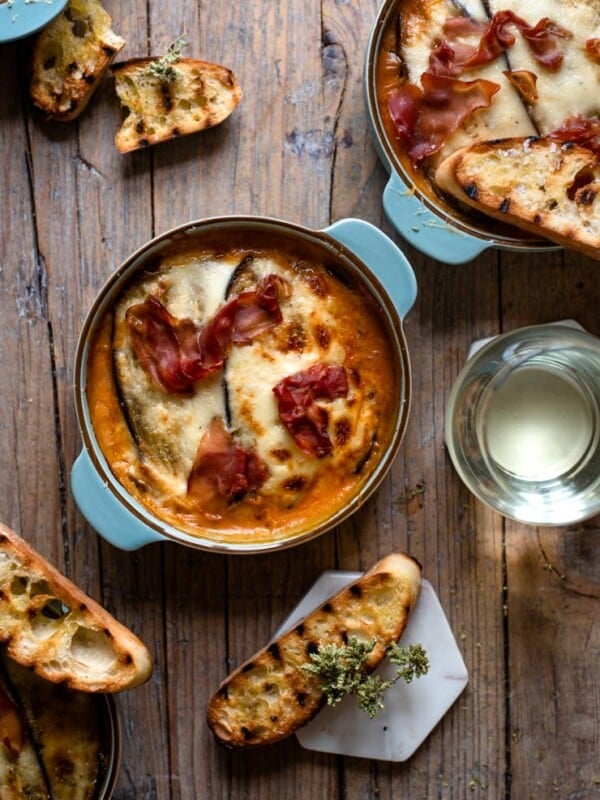







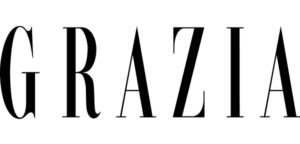



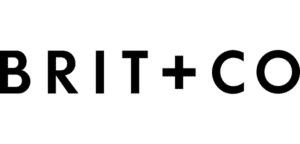




I haven’t assembled the lasagna yet but the bolognese, I followed the directions 98% exactly. I was continually skeptical about not adding any herbs, salt & pepper while cooking but delightfully happy with the depth of flavor and only a small amount of added salt & pepper in the end. I started my sauce too late in the evening the day before, so I swapped the first 2 hours of cooking for 8 hours in the slow cooker, then did the milk cook stovetop the next morning. So so good and unbelievably easy. Earmarking for regular use. Thank you for this recipe!
This is indeed the best, most satisfying, lasagna you’ll ever eat. Far from the heavy, cheese laden American version. I have not made this recipe, I have made Marcella Hazan’s for many years. Interestingly, she adds the milk to the bolognese before the tomatoes. Great instructions and recipe.
Thanks Mary. I’ve not made Marcella Hazan’s recipe for years, I’ll need to make it again to see how it compares 🙂